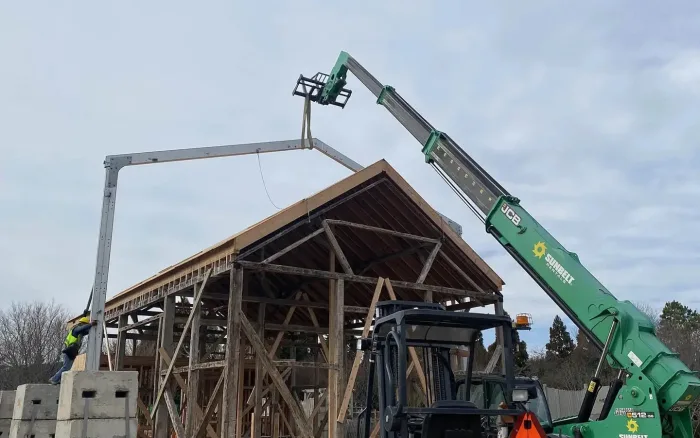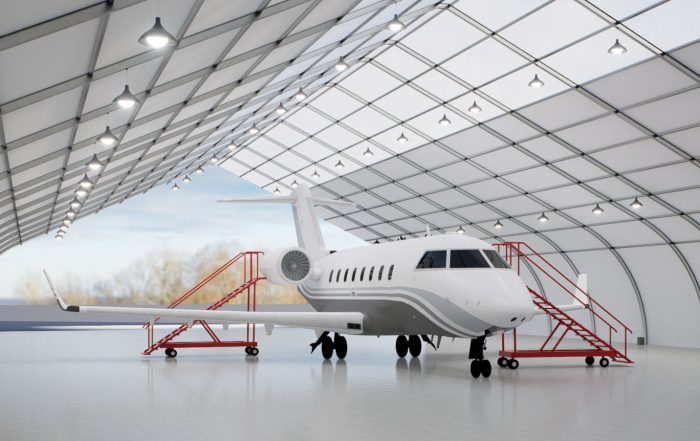The process of determining the wind load a tent can safely withstand is multifaceted and begins with confirming the engineering integrity provided by the manufacturer. The intricacies of each tent’s design are foundational in ascertaining its capacity to endure various environmental stresses, particularly wind forces. Rental vendors play a critical role, meticulously reviewing the engineering specifications to ensure the tent is anchored effectively, optimizing its resilience.
Engineering a tent is not confined to wind load considerations; it encompasses an array of factors, each contributing to the structure’s overall stability and safety. Given the distinct nature of each event, manufacturers often provide “generic” engineering, a comprehensive guide that, while broadly applicable, is meticulously derived from complex calculations.
The reliance on manufacturer’s engineering, however, is not absolute. Certain projects, owing to their unique characteristics or regulatory environments, necessitate tailored engineering solutions. These are scenarios where the generic engineering documents, while robust, may not suffice due to specific environmental, regulatory, or safety considerations inherent to the location or nature of the event.
In such instances, the engagement of specialized engineers becomes imperative. These professionals, equipped with detailed information about the specific location and tent specifications, generate customized engineering solutions that are not only compliant with local regulations but also tailored to optimize safety and stability in the given context.
This bespoke engineering approach, while invariably impacting the cost structure, enriches the project with insights into the tent’s nuanced performance metrics within its specific operational environment. It melds the intricate dance of compliance, safety, and functional integrity, ensuring that each temporary structure is not just a physical edifice but a harmonized integration of engineering precision and safety assurance.




